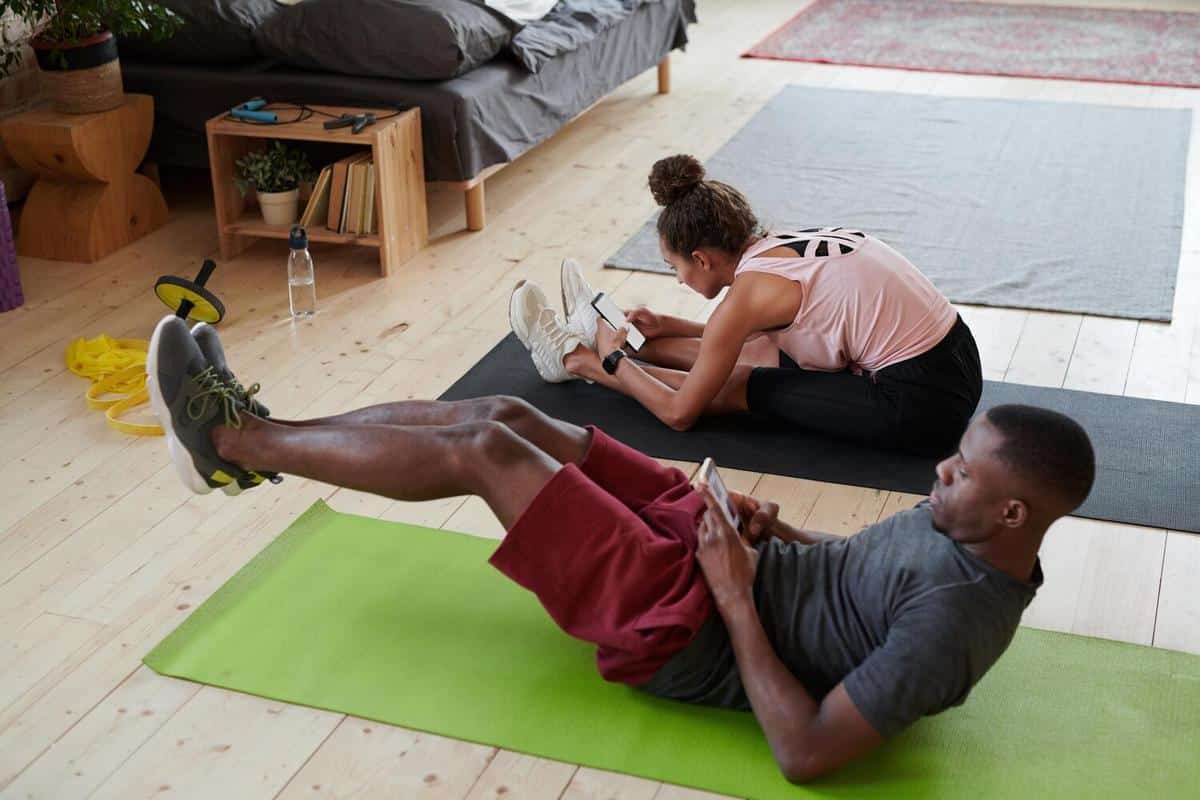
The Science Behind Visualization in Sports
Visualization is more than just a buzzword in sports; it’s a powerful mental tool that athletes across the globe utilize to enhance their performance. This mental rehearsal technique involves vividly imagining the successful execution of skills and strategies, and it’s grounded in science.
Visualization, rooted in the principles of mindfulness, offers athletes a unique edge by engaging the brain in ways similar to physical practice. Research indicates that mental imagery activates neural pathways that are involved in the actual performance of sports activities. This phenomenon, known as “neuroplasticity,” allows the brain to adapt and strengthen connections, which can lead to improved athletic performance.
The Science Behind Visualization
According to sports psychologist Dr. Michael Gervais, visualization is effective because it “creates a blueprint in the brain.” When athletes visualize themselves succeeding, they not only build confidence but also program their minds to perform optimally under pressure. A study published in the Journal of Applied Sport Psychology found that athletes who regularly practiced visualization improved their performance by 13.5% compared to those who did not.
Proven Benefits
| Benefit | Description |
|---|---|
| Enhanced Focus | Visualization helps athletes concentrate on their goals and actions. |
| Stress Reduction | Mental imagery can decrease anxiety before competitions. |
| Improved Confidence | Seeing success in the mind fosters self-belief. |
| Skill Enhancement | Rehearsing skills mentally strengthens neural pathways. |
| Increased Motivation | Visualizing success can boost drive and persistence. |
| Better Preparation | Athletes mentally prepare for various scenarios. |
| Faster Recovery | Imagining successful recovery can aid physical rehabilitation. |
| Consistency | Regular visualization leads to steady performance improvements. |
How to Effectively Visualize
To make the most of visualization, athletes should follow these steps:
- Set Clear Goals: Define specific objectives to focus on during visualization sessions.
- Engage All Senses: Incorporate sight, sound, touch, and even smell to create a vivid mental picture.
- Practice Regularly: Consistency is key. Aim for daily visualization sessions to build strong neural connections.
- Stay Positive: Always visualize successful outcomes to foster a positive mindset.
Examples of Success
Many elite athletes attribute a portion of their success to visualization. For instance, golfer Jack Nicklaus famously stated, “I never hit a shot, not even in practice, without having a very sharp, in-focus picture of it in my head.” Similarly, Michael Phelps, the renowned swimmer, used visualization to mentally rehearse his races, which contributed to his record-breaking achievements.
Further Reading on Visualization in Sports
FAQs
What is sports visualization?
Sports visualization is the practice of mentally rehearsing skills, strategies, and successful outcomes to improve athletic performance.
How often should athletes practice visualization?
Athletes should aim to incorporate visualization into their daily routine for optimal results.
Can visualization help with injury recovery?
Yes, visualization can aid recovery by mentally rehearsing rehabilitation exercises and focusing on successful outcomes.
Conclusion
Incorporating visualization into athletic training can provide numerous benefits, from enhanced focus and confidence to improved performance and recovery. By understanding and applying the science behind visualization, athletes can unlock new levels of potential. Start your visualization practice today and experience the transformative power it holds in the realm of sports and fitness.


